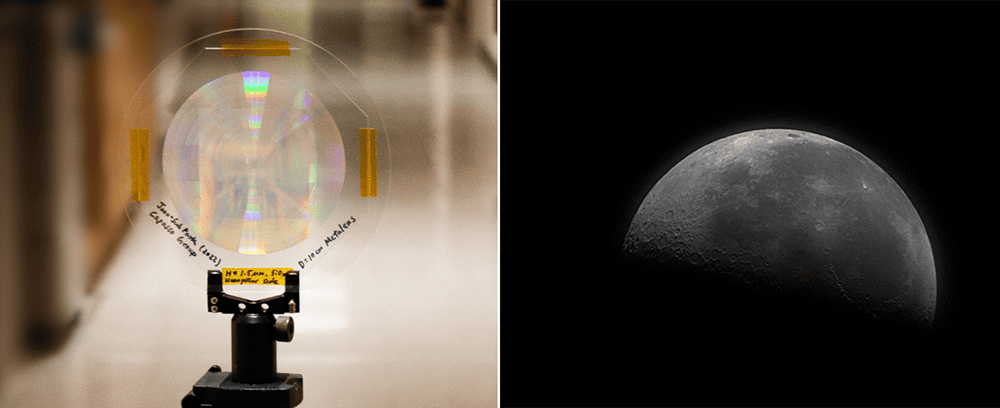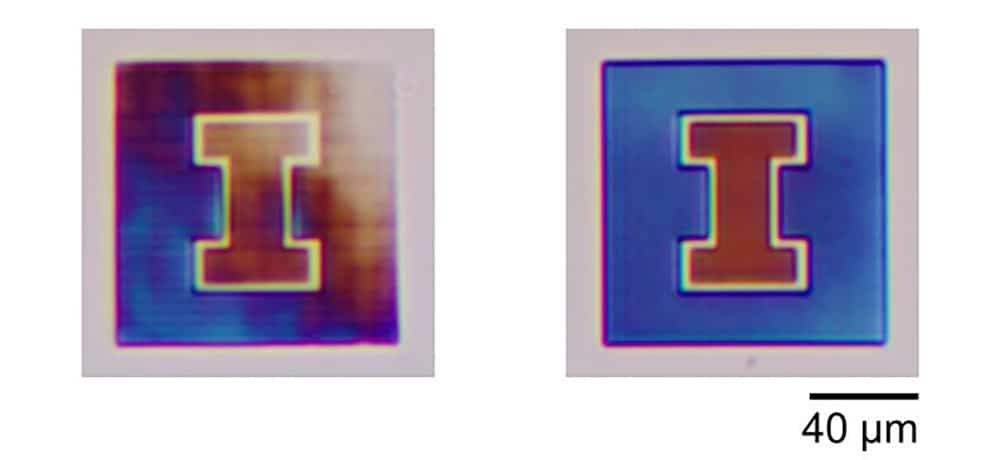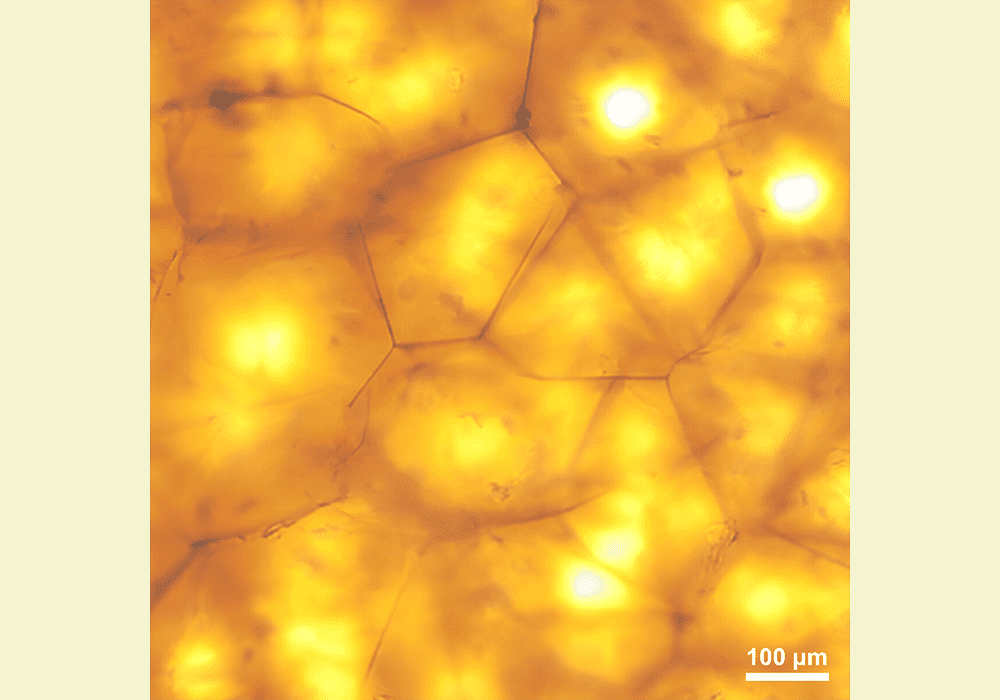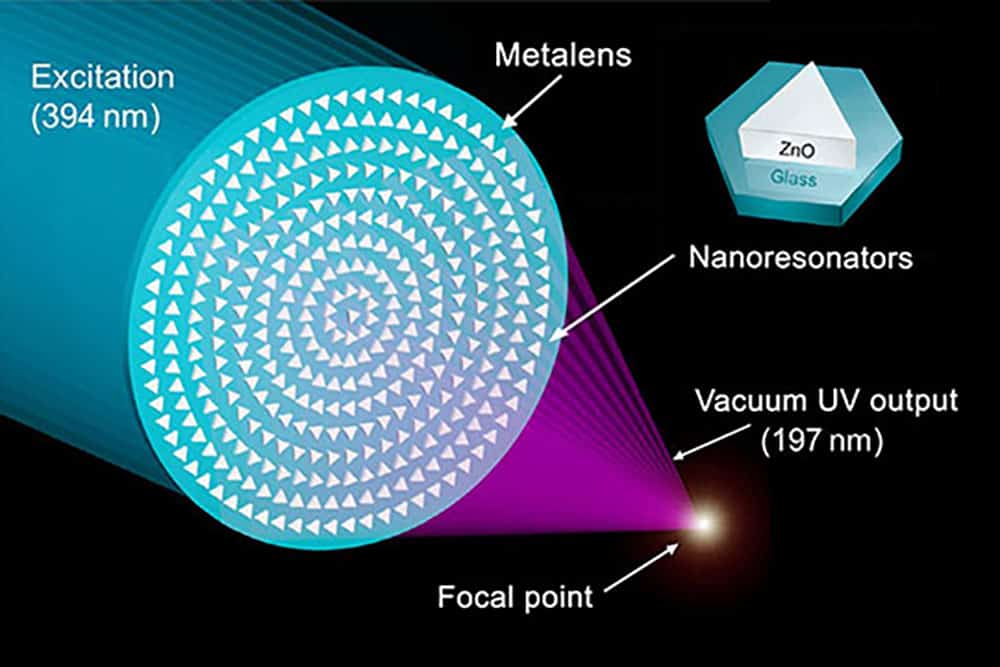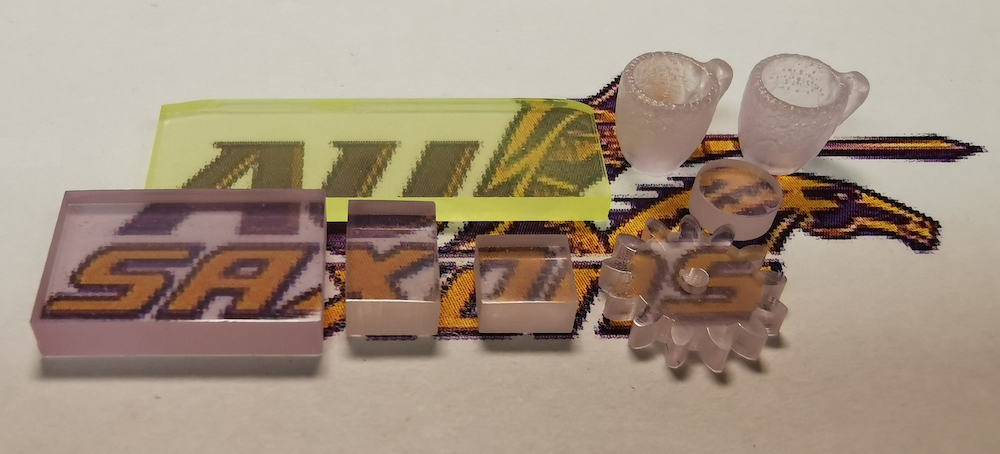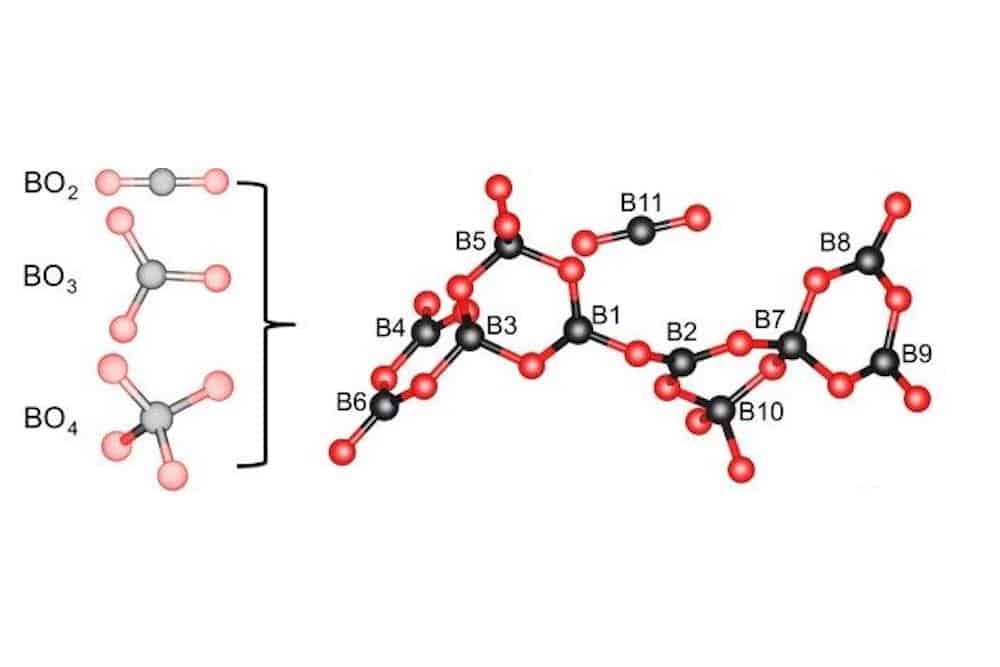Significant progress in creating optics with nonuniform (gradient) refractive indices has been made over the past two decades. In 2020, researchers at the University of Illinois Urbana-Champaign proposed a unique way to use direct laser writing to achieve even greater control over the refractive index. A new open-access paper details refinements to their so-called SCRIBE method.
Read MoreCurrent sintering methods used to obtain transparent ceramics face several challenges, including strict processing conditions and limited shape and size control. Researchers led by South China University of Technology presented a new general strategy for constructing dual-phase transparent ceramics from hybridized glasses that offers shape and size control as well as the potential for functionalization.
Read MoreTo meet the industry’s growing demand for customized manufacturing, researchers are increasingly interested in processing transparent ceramics using additive manufacturing. Guangran Zhang and Yiquan Wu of Alfred University demonstrated how highly transparent yttrium aluminum garnet ceramics could be fabricated via a lithography-based digital projection method.
Read MoreCurrent borate-based nonlinear optical materials are reaching the limits of their functionality based on the structural configuration of the borate. A team led by researchers in China and the United States explored arranging borate in the linear BO2 configuration to enhance functionality.
Read MoreSecond-harmonic generation is a nonlinear optical process that allows for the creation of low-power and compact light sources. Researchers in China discovered nanocrystal-in-glass composites exhibit a similar but different phenomenon called transverse second-harmonic generation that would allow for the creation of light sources with expanded capabilities.
Read MoreArtists and scientists alike find inspiration in nature. But two recent scientific studies found inspiration in the same creature: the mantis shrimp. The creature’s incredibly tough materials and complex eyes inspired innovations that could lead to fracture-resistant biocomposites and highly advanced optical sensors.
Read More
